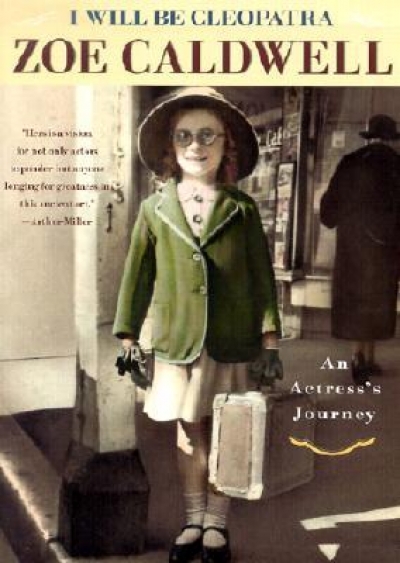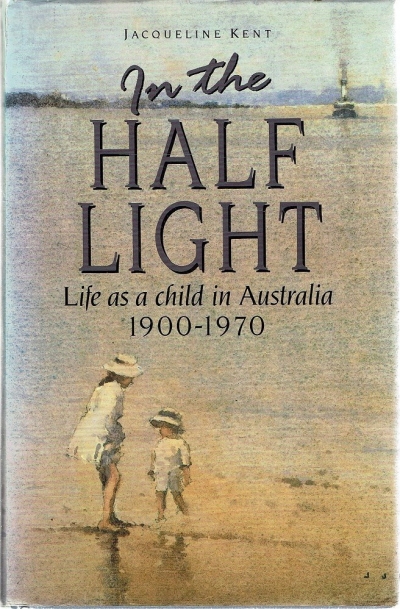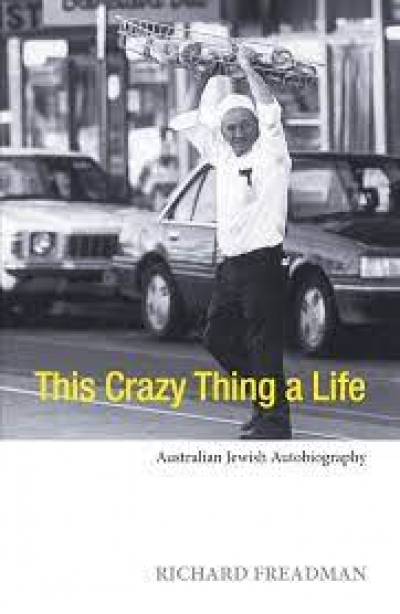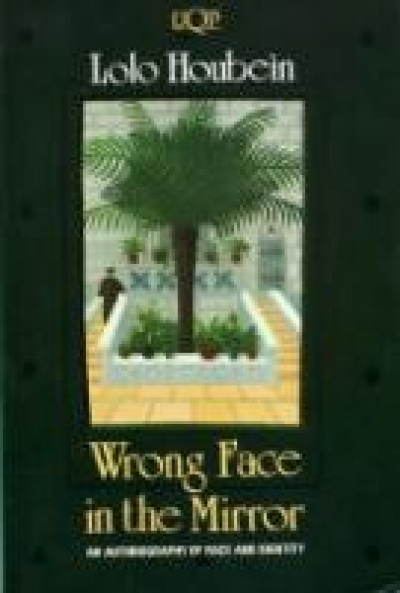'I knew I was bright, but not special’, writes Zoë Caldwell early on in her pithy, telling memoir. Still earlier (indeed, in the first paragraph), she says that she knew, even from an early age, she was destined to perform: ‘ … to stand in front of people, keeping them awake and in their seats, by telling other people’s stories and using other people’s words. I knew this because it was the only thing I could do.’ There is a bit of self-deprecation in these words that is at loggerheads with what we have come to expect from actors’ memoirs, which are, more often than not, scribbled sentences rather than thoughtful paragraphs, and which tell us more about vanity, greed, self-indulgence, and the patience of the haunted ghost-writer than they do about the actor as a professional or a person. Actually, such books are like sets on some early television shows: bricks-and-mortar, but really canvas and plaster with wooden backing, which wobble every time somebody walks past. What they are not is true autobiography.
...
(read more)







